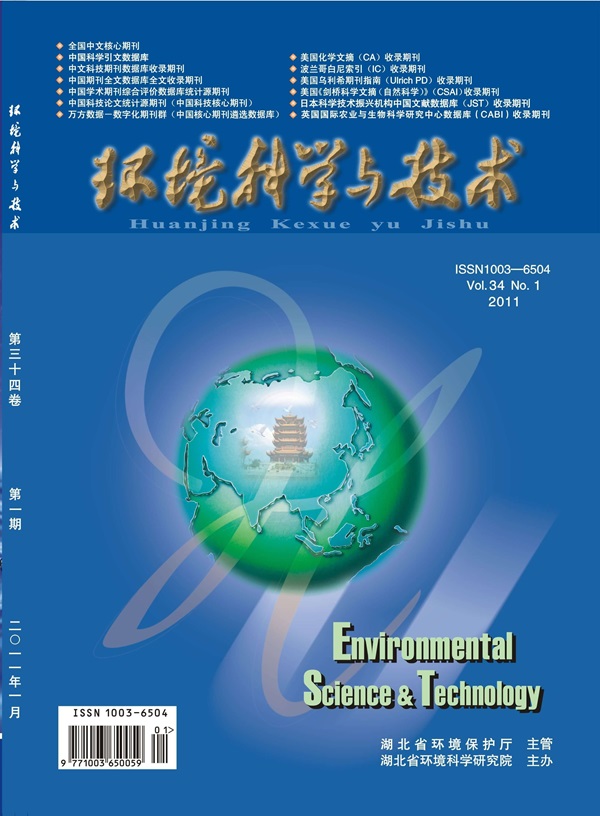Unintended Consequences of Aquatic Enrichment in Experimental Biology
IF 10.8
1区 环境科学与生态学
Q1 ENGINEERING, ENVIRONMENTAL
引用次数: 0
Abstract
Enrichment in aquatic animal studies is important for promoting welfare and maintaining animal health and can be categorized by physical, sensory, social, occupational, and dietary enrichment. However, the risk of potential chemical leaching associated with physical enrichment items has been largely overlooked (i.e., artificial plants or shelter). Most enrichment items lack information on their chemical composition and have not undergone testing for plastic or metal leachates that can alter water chemistry and impair animal physiology. In fish and invertebrate research, these leachates have the potential to modify the health of aquatic animals or their reproductive processes. Moreover, in toxicology research, altered chemical exposure concentrations and interactive effects with leachates could invalidate toxicity assays and lead to misleading results. We identify key contaminants associated with common enrichment items and highlight the substantial lack of empirical research focusing on the confounding factors associated with aquatic enrichment. We explore the mechanisms through which relevant leachates can complicate experimental outcomes, detailing the pathways by which these substances may interact with both the experimental environment and the animals themselves. We conclude that there is widespread potential for serious complications to research outcomes and chronic toxicity from enrichment materials. Therefore, we advocate for the establishment of standardized regulations and a global certification system for aquatic enrichment items to ensure the validity of studies and to safeguard animal welfare. We encourage researchers to critically consider the implications of leaching from aquatic enrichment when designing experimental systems.

实验生物学中水生生物富集的意外后果
水生动物研究中的富集对促进动物福利和维持动物健康很重要,可按生理、感官、社会、职业和饮食富集进行分类。然而,与物理富集项目(即人工植物或遮蔽物)有关的潜在化学浸出风险在很大程度上被忽视了。大多数浓缩物品缺乏化学成分的信息,也没有经过塑料或金属渗滤液的检测,这些物质会改变水的化学性质,损害动物的生理机能。在鱼类和无脊椎动物的研究中,这些渗滤液有可能改变水生动物的健康或它们的生殖过程。此外,在毒理学研究中,化学物质暴露浓度的改变和与渗滤液的相互作用可能使毒性分析无效,并导致误导性结果。我们确定了与常见富集项目相关的关键污染物,并强调了大量缺乏关注与水生富集相关的混杂因素的实证研究。我们探讨了相关渗滤液使实验结果复杂化的机制,详细介绍了这些物质可能与实验环境和动物本身相互作用的途径。我们的结论是,富集材料可能对研究结果造成严重并发症和慢性毒性。因此,我们主张对水产浓缩项目建立标准化法规和全球认证体系,以确保研究的有效性,维护动物福利。我们鼓励研究人员在设计实验系统时批判性地考虑从水生富集中浸出的影响。
本文章由计算机程序翻译,如有差异,请以英文原文为准。
求助全文
约1分钟内获得全文
求助全文
来源期刊

环境科学与技术
环境科学-工程:环境
CiteScore
17.50
自引率
9.60%
发文量
12359
审稿时长
2.8 months
期刊介绍:
Environmental Science & Technology (ES&T) is a co-sponsored academic and technical magazine by the Hubei Provincial Environmental Protection Bureau and the Hubei Provincial Academy of Environmental Sciences.
Environmental Science & Technology (ES&T) holds the status of Chinese core journals, scientific papers source journals of China, Chinese Science Citation Database source journals, and Chinese Academic Journal Comprehensive Evaluation Database source journals. This publication focuses on the academic field of environmental protection, featuring articles related to environmental protection and technical advancements.
 求助内容:
求助内容: 应助结果提醒方式:
应助结果提醒方式:


